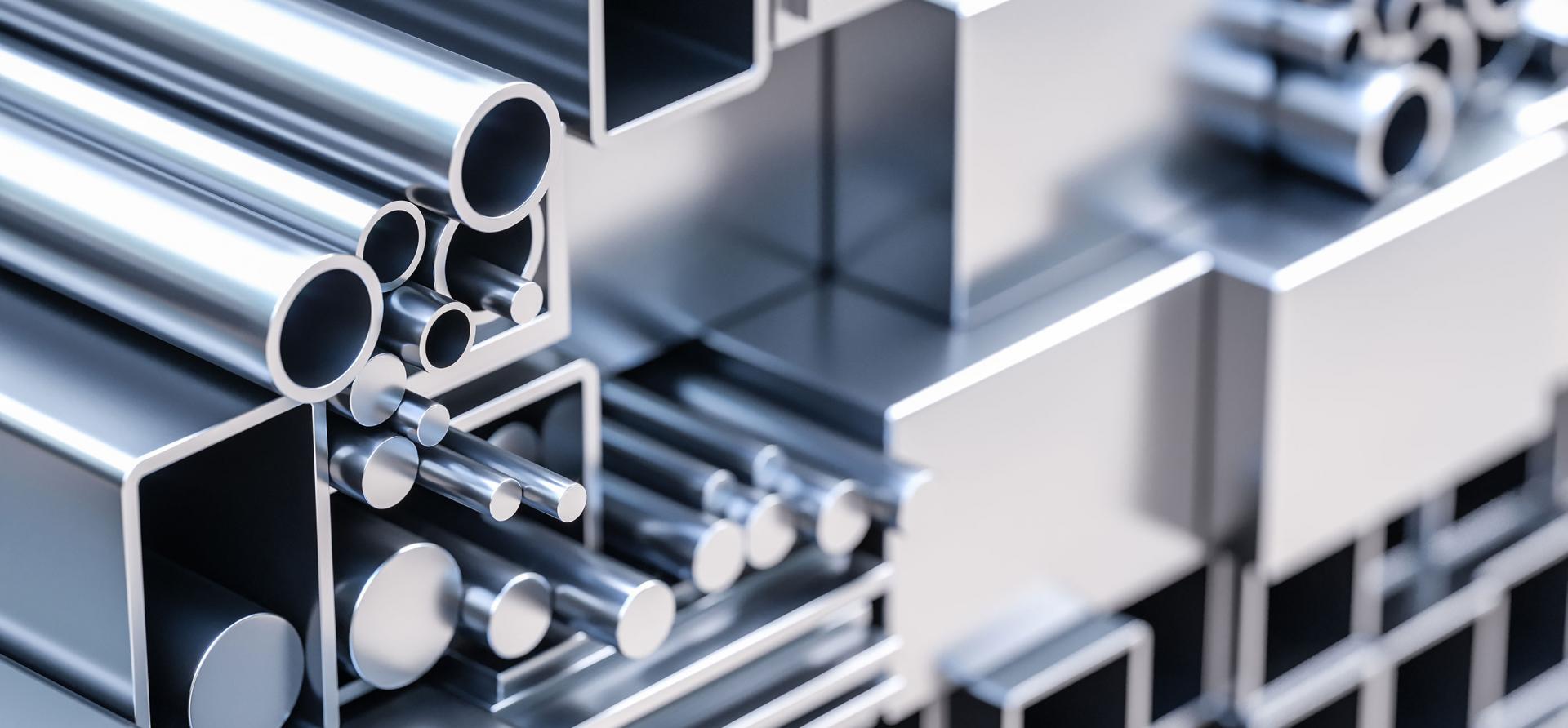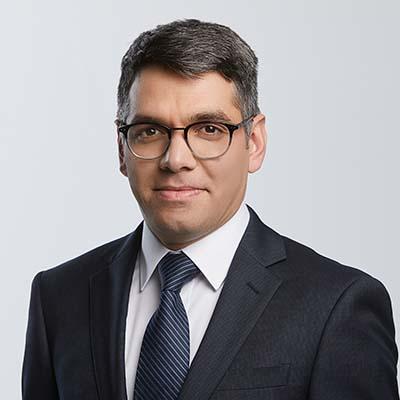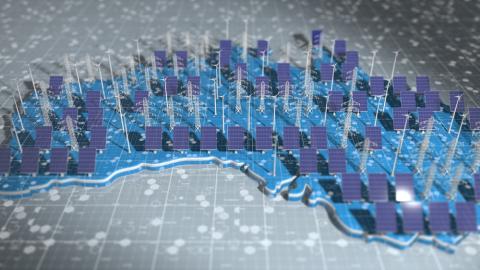
Key Findings
The MENA region is potentially in a good position to begin producing carbon-neutral or green steel.
MENA's dominant steel technology is gas-based DRI-EAF and by shifting towards a hydrogen-based DRI-EAF, it is possible to produce carbon-neutral steel.
Access to cheap solar energy is a regional competitive advantage for MENA countries in the future hydrogen economy.
Executive Summary
MENA Region Can Lead Green Hydrogen Use in Steel Sector
The global steel industry is eyeing a switch to direct reduced iron (DRI) using green hydrogen to reduce emissions.
Unlike the blast furnace-basic oxygen furnace (BF-BOF) process that uses coal to make iron, the direct reduced iron-electric arc furnace (DRI-EAF) route predominantly uses natural gas, which produces lower carbon emissions.
The direct reduction of iron ore is the process of oxygen removal from ore without melting, usually using a mixture of carbon monoxide and hydrogen derived from natural gas.
The MENA region is potentially in a good position to begin producing carbon-neutral or green steel.
About 55% of the current reduction gases in DR facilities (i.e., Midrex shafts) is hydrogen. By using pure green hydrogen, it is possible to produce carbon-neutral steel.
The Middle East and North Africa (MENA) region is potentially in a good position to begin producing carbon-neutral or green steel, as it has particular advantages over other areas in the world.
Its steel sector is already dominated by DRI with an established supply of DR-grade iron ore. Technical barriers may make it difficult to ramp up DR-grade iron ore production to supply other regions.
The region produced just 3% of global crude steel in 2021 but it accounted for nearly 46% (55 Mt) of the world’s DRI production. Further, some of the largest iron ore pelletising plants in the world are in MENA and supply of DR-grade pellets is not a hurdle, in contrast with other areas.
The International Energy Agency (IEA) in its Net Zero Emissions scenario models the global share of hydrogen-based (H2) DRI-EAF production reaching 29% of primary steelmaking by 2050. BloombergNEF estimates that 56% (840 Mt) of primary steel production will come from H2DRI-EAF by 2050 in a net zero emissions scenario.
MENA’s transition to H2DRI-EAF could commence immediately due to the region having more DRI plants than anywhere else globally.
Initially, it would be possible to replace 30% of natural gas with hydrogen in the incumbent fleet of DR plants without any major equipment modifications. The region could then move towards 100% green hydrogen to produce carbon-free steel.
MENA’s access to rich solar energy resources will allow for production of green hydrogen at a competitive price.
MENA has excellent solar resources to aid in the production of green hydrogen via renewable electricity. The World Bank found MENA has the highest photovoltaic power potential capacity globally and could theoretically produce more than 5.8 kilowatt hours (kWh) per square metre daily.
IHS Markit forecasts that the region will add 83 gigawatts (GW) of wind and 334GW of solar by 2050, which will increase the respective share of power generation from the current 1% and 2% to 9% and 24%.
Access to such rich solar energy resources will allow for production of green hydrogen at a competitive price.
The cost of hydrogen production via electrolysis is currently lower than that for blue hydrogen in Middle Eastern countries.
As of July 2022, the cost of alkaline electrolysis in Qatar was US$2.59/kg, Saudi Arabia US$3.20, Oman US$3.55 and United Arab Emirates US$5.14. The cost of polymer electrolyte membrane (PEM) electrolysis is generally around US$1/kg higher than alkaline technology. The price of blue hydrogen, produced by the combination of steam methane reforming (SMR) and carbon capture and storage (CCS), is about US$7/kg in the Middle East.
According to IEA, with MENA’s available capacity, producing green hydrogen below US$1/kg is achievable by 2050.
The process of switching MENA’s DRI capacity to use green hydrogen instead of natural gas is simpler and cheaper when compared to switching from BF-BOF to DRI-EAF in other regions. Challenges for those areas include new investment costs in shifting from BF-BOF to DRI-EAF, management of the value chain including producing DR-grade iron ore pellets, and procurement of green hydrogen.
Demand for green steel is rising globally, led by European car manufacturers. With the European Union soon establishing a Carbon Border Adjustment Mechanism, MENA steel exports would have an advantage if they were zero carbon.
By 2026, EU importers of steel from outside the EU must purchase Carbon Border Adjustment Mechanism certificates, a regulatory framework that includes reporting of direct and indirect embedded emissions in final products.
As the DRI-EAF route has lower emissions than BF-BOF, MENA’s producers are ahead in terms of their market positioning and will remain so if they accelerate the transition to carbon-free steel using the H2DRI-EAF route.
If it acts fast, MENA has the potential to lead the world in green steel production.
















